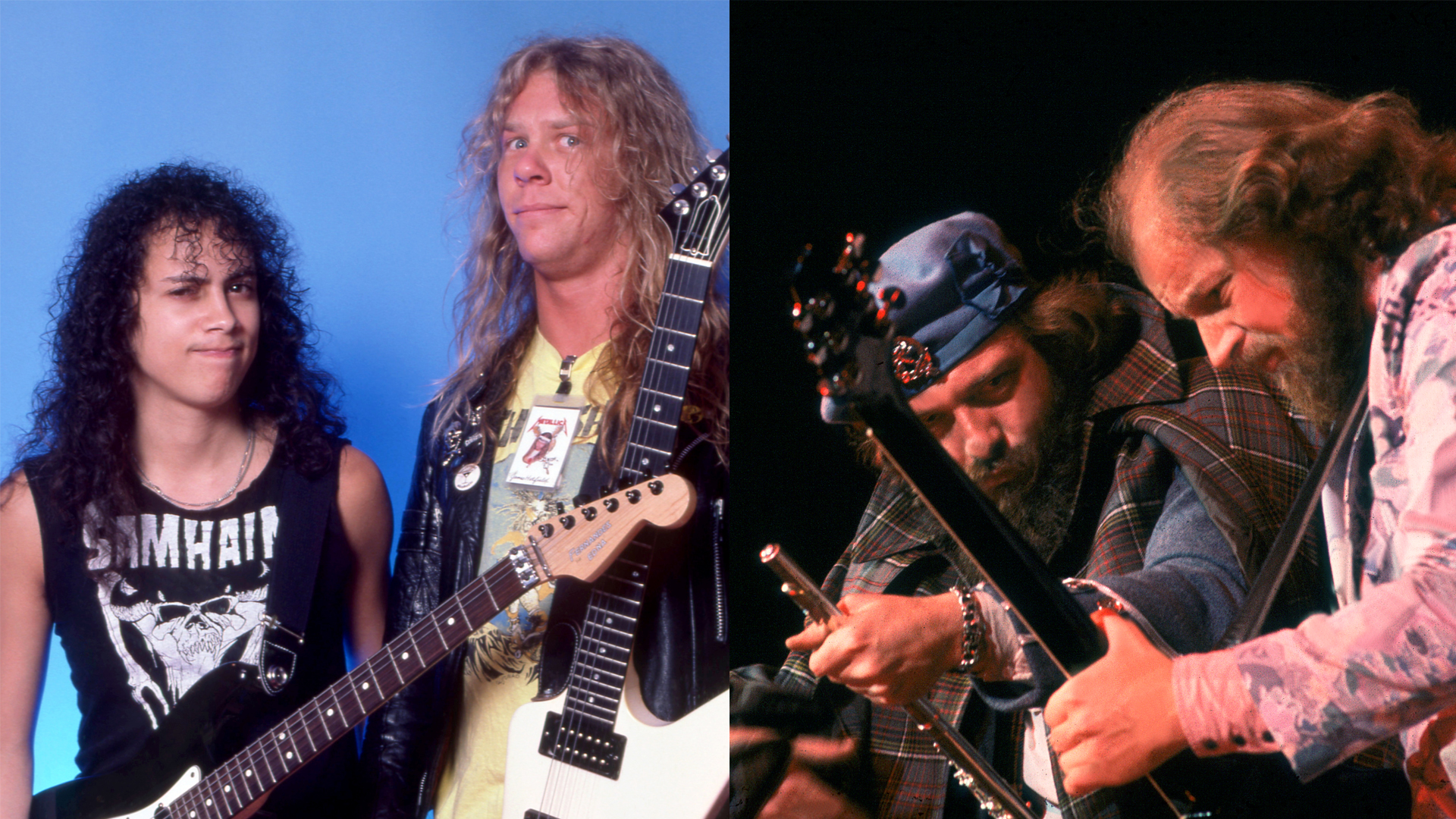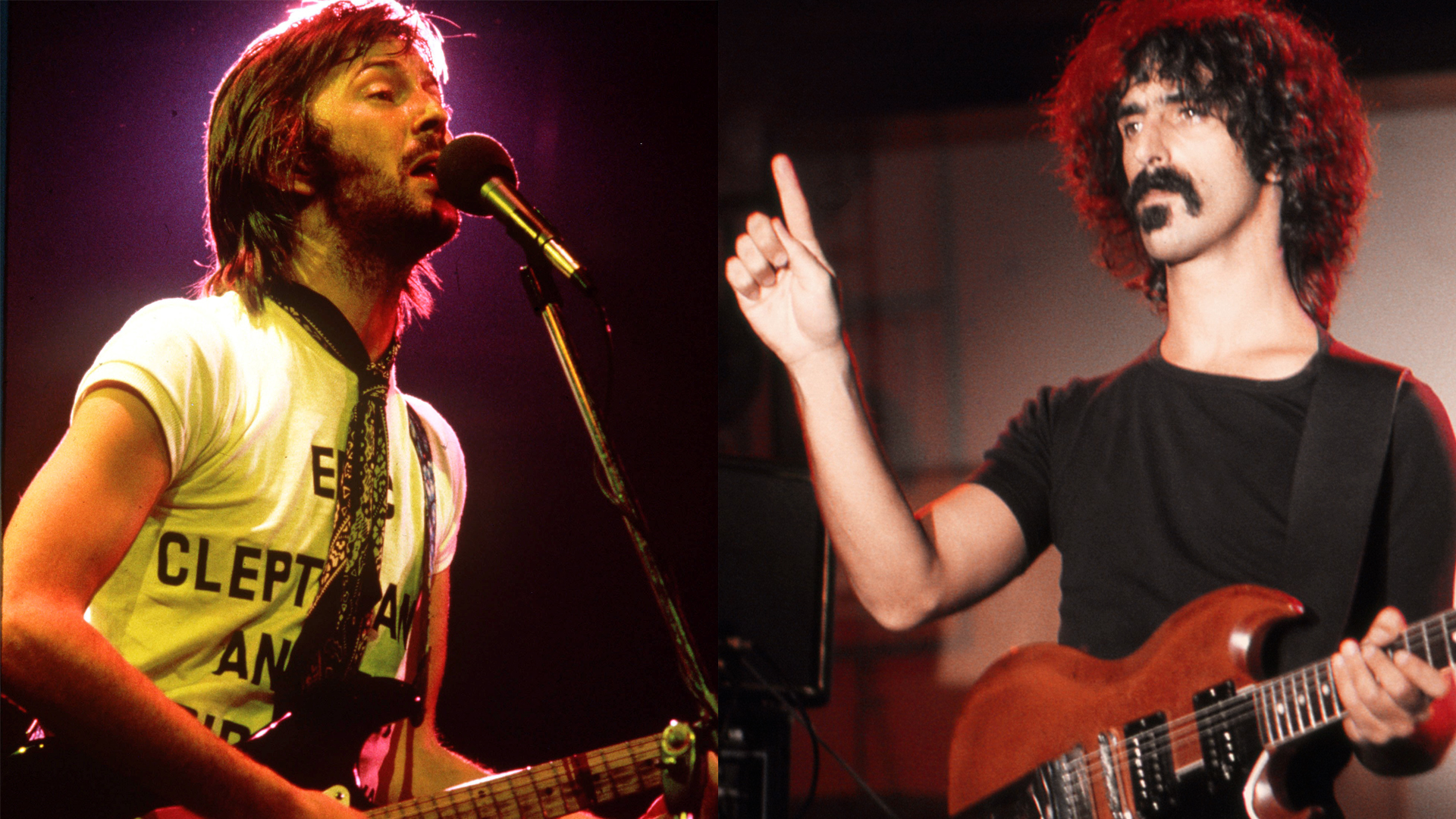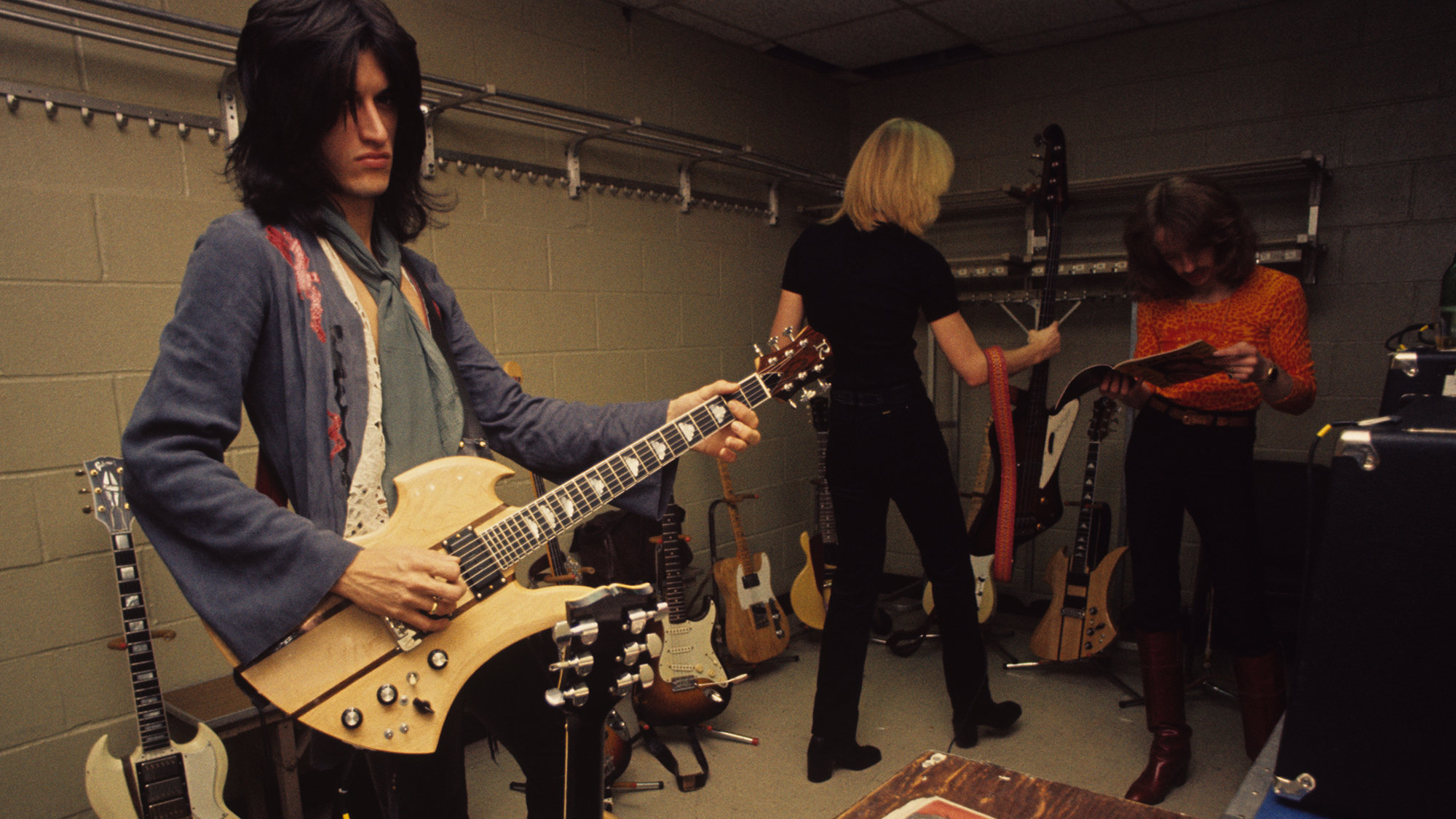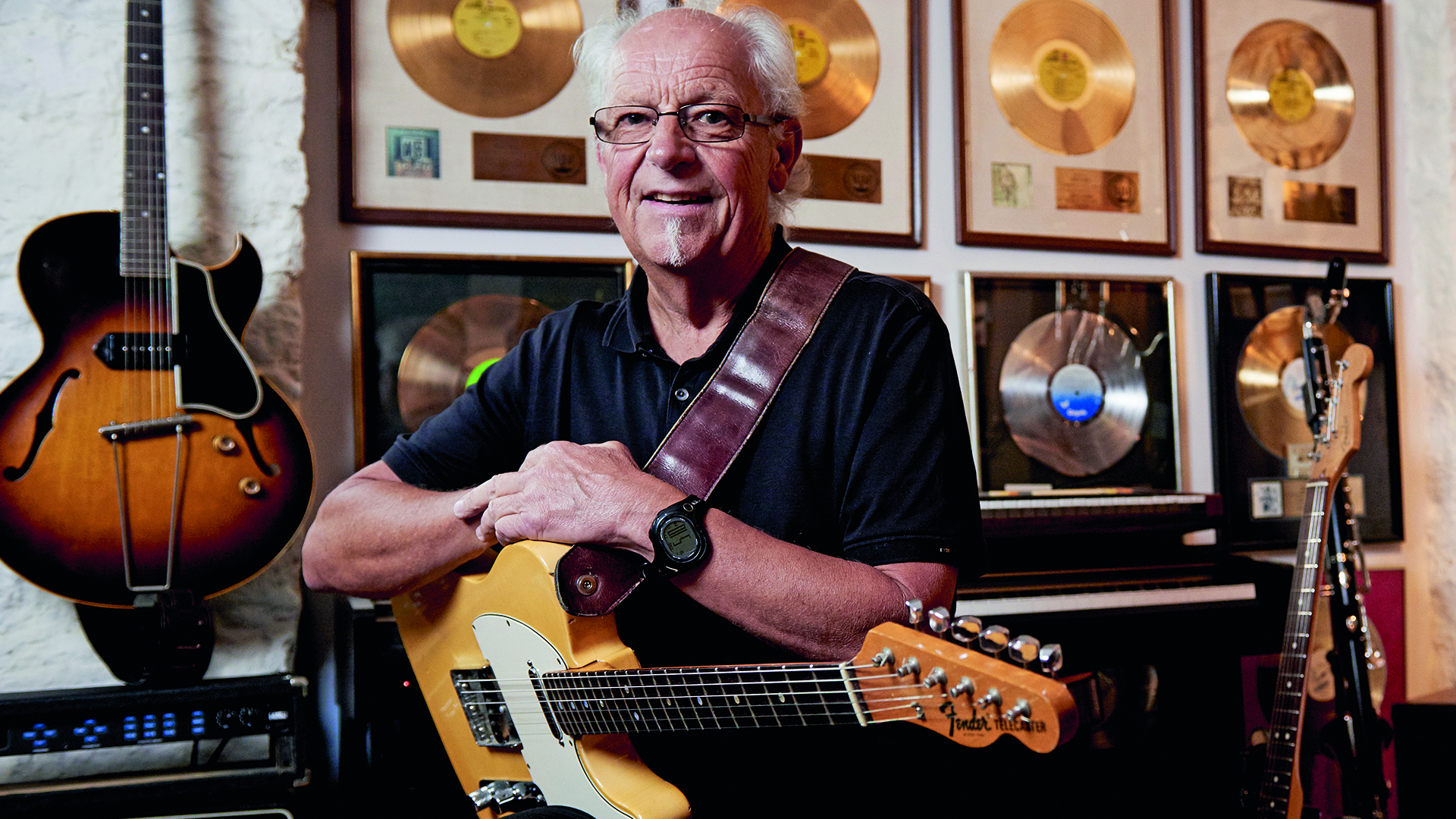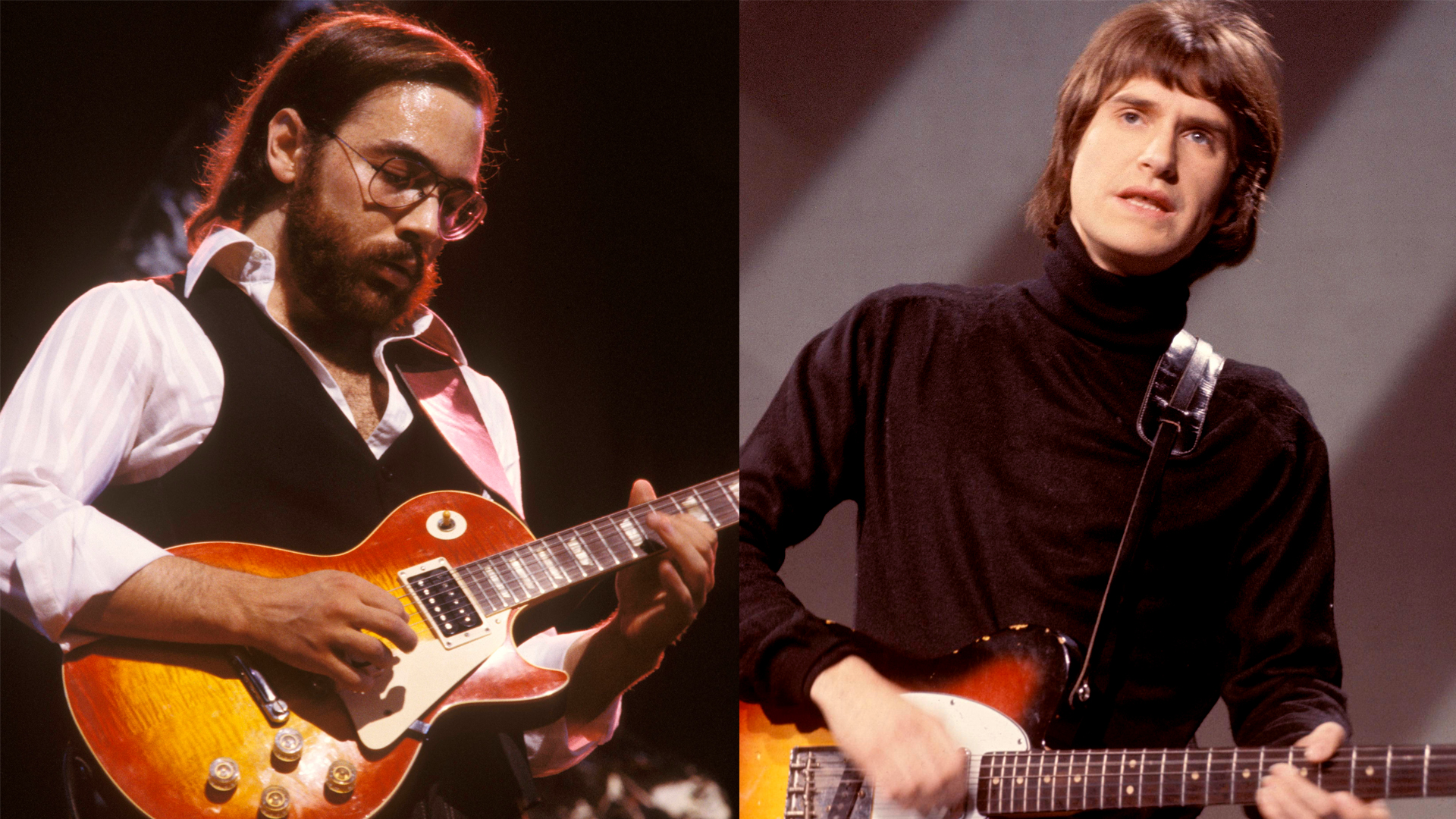“We need more guitar players!”: R.E.M. reunite, Trey Anastasio pays homage to Steely Dan at Songwriters Hall of Fame ceremony
The high-profile event – which took place Thursday night at the Marriott Marquis in New York City – saw R.E.M.'s first public live performance in more than 15 years
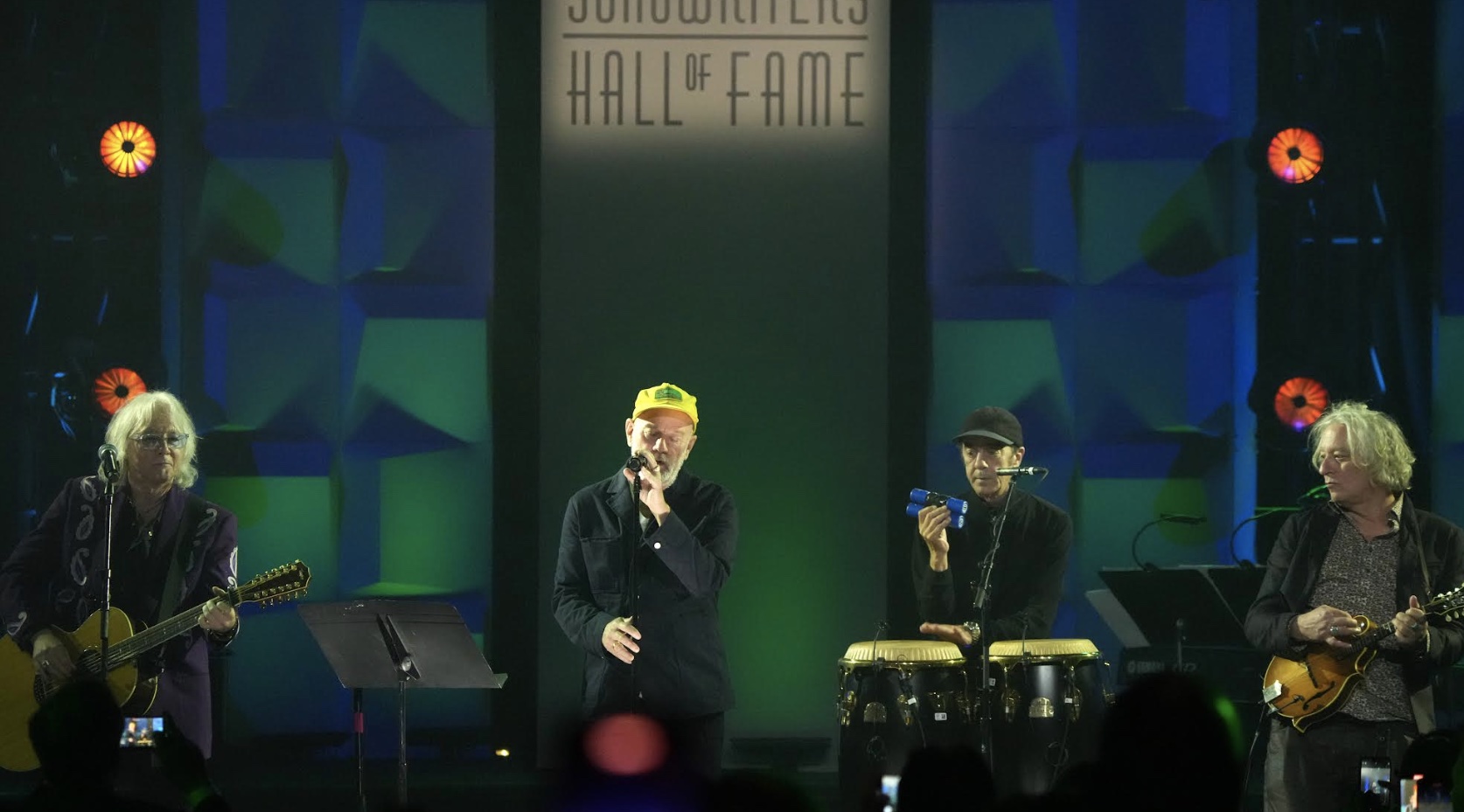
R.E.M. performed together publicly for the first time in over 15 years Thursday night (June 13) to celebrate their induction into the prestigious Songwriters Hall of Fame. Acoustic instruments in hand, vocalist Michael Stipe, guitarist Peter Buck, bassist Mike Mills, and drummer Bill Berry treated the audience to a spirited rendition of their massive 1991 hit, Losing My Religion.
“We are R.E.M.” Stipe said, before the band took the stage. “And this is what we did.”
Peter Buck switched to mandolin for the performance, laying out the song’s introspective intro melody, while Mike Mills handled acoustic guitar duties. Bill Berry, who left the band in 1997 after suffering a brain aneurysm, was back onstage, providing light percussion that accented frontman Michael Stipe’s melancholy vocals.
Other inductees at the star-studded event, held at the Marriott Marquis in New York City, included Donald Fagen and the late Walter Becker of Steely Dan, Dean Pitchford (Footloose, Fame, Holding Out for a Hero), Hillary Lindsey (Girl Crush, Jesus, Take the Wheel), and producer Timbaland, with special awards presented to Diane Warren (Johnny Mercer Award) and SZA (Hal David Starlight Award).
Presenters, performers and guests included Keith Urban, Jason Isbell, Nile Rodgers, Richie Sambora, and Kevin and Michael Bacon.
Trey Anastasio had the lofty task of recreating two iconic Steely Dan guitar classics, Kid Charlemagne and Reelin’ in the Years, to kick off the celebration.
Backed by a stellar house band featuring leader Rob Mathes, guitarist Erick Walls, bassist James Genus, and drummer Shawn Pelton, the Phish guitarist handled both lead vocal and guitar duties. Anastasio's performance paid homage to the memorable riffs created by Fagen, Becker, and studio guitarists Larry Carlton and Elliott Randall on the original versions, while adding his own unique flair to the songs.
Get The Pick Newsletter
All the latest guitar news, interviews, lessons, reviews, deals and more, direct to your inbox!
“I loved them when I was a kid, I have all their albums. They’re probably some of the first guitar solos I ever learned,” he noted in his speech. “It is my great honor to induct them into the Songwriters Hall of Fame. I can’t tell you how much it means to me. I am a true fan.”
After watching Anastasio perform the medley, Donald Fagen joked, “We need more guitar players!” Fagen’s time at the podium was succinct, clocking in at under one minute. “I’d like to thank Walter Becker,” he noted, “wherever he may be.”
Jason Isbell channeled his inner teenager when he hit the stage, tackling R.EM.’s It’s the End of the World as We Know It (And I Feel Fine) with reckless abandon, stabbing the rhythm out on his signature Fender Telecaster.
The song’s non-stop volley of words prompted him to exclaim “I’ve never said that many words so quickly in my life!”

“R.E.M. moved like a single instrument,” Isbell said in his speech. “The songs they created served a real purpose for kids like me growing up in a small Southern town. Somebody out there reluctantly clawing their way into the mainstream, who was just as strange and out of place as I was. I heard those songs on the radio all the time. I think it’s safe to say that thousands of outcast kids in the ‘80s had that same experience.”
On the red carpet prior to the ceremony, Isbell spoke of the band’s importance to his songwriting craft.
“Their song Nightswimming was huge for me – the melody and the way they worked on writing that song. When I was a kid and these songs were out, I was studying them. ‘How did this happen? How did it get created?’
“Michael wrote the lyric and Mills wrote the piano part, which is very symphonic in a way, almost classical. Classical as a genre, not an era. I think it’s amazing that they can collaborate like that, almost in an Elton and Bernie way. They worked together to make something that was stronger than the sum of its parts.
“I’ve known Mike Mills for a long time, and every time I see him, I try to tell him how important his counterpoint, background singing, and his ear for melody is. The way he played the bass. To be that busy and that far up past the fourth or fifth fret that often and not get in anybody’s way. If any of them had done anything different, it would have been a train wreck. But it wound up perfect.”
Mills also discussed his role in the band in a red-carpet interview.
“Because of the way Peter plays guitar, it leaves a lot of room for me to influence the direction of the song. Because he’s not bashing out chords, it leaves open space that I can fill with melodies that will determine the direction of the song. That’s been a constant since the beginning and the part I’ve enjoyed most about songwriting in terms of my bass playing. I get to steer the song the way I want it to go.
“I play guitar on a bunch of songs on the records but I’m seldom the guitar player. We have one of the best in the world with Peter, so we leave it to him.”
Buck, who rarely gives interviews, spoke to GP before the ceremony and discussed how his guitar style and love of using the right instruments for the song worked in tandem to enhance the band’s songwriting process.
“I knew I wasn’t a shredder,” he said, “so I had to work with the skills and strengths I had as a player.”
“I’m still playing but I’m covered in blood. Billy’s looking at me like, ‘Yeah! That’s punk rock!'” Steve Stevens on his all-time worst gig with Billy Idol — and the visit to Jimi Hendrix's grave that never happened
"He goes to England and all of a sudden he's on the floor humping his guitar!” Gene Simmons tells how he, Paul Stanley and Ace Frehley followed Jimi Hendrix's lead and gave Kiss some British swagger




